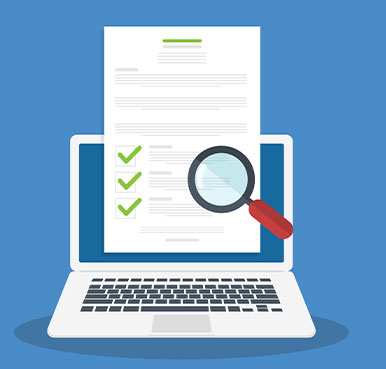Migrating business data from one IT infrastructure to another can be challenging, whether it’s part of a full-scale relocation or simply an overhaul of the existing tech ecosystem. It’s crucial for businesses to take a strategic approach, minimizing their risk of data loss or of significant down time.
Tips for Large-Scale Data Migration
Determine the Scope and Objectives of Your Data Migration
A good starting point is to set the parameters for your data migration. Take stock of the reasons why you’re moving data in the first place… for example, to reduce IT costs, or because your entire team is shifting into a new workplace. Also clarify the scope of the project: Which data sets are being moved? And will the migration entail databases alone, or full IT systems?


Create a Data Migration Team
With any relocation project, it helps to assemble an internal team who can run point, not only ensuring adherence to your strategic plan but also interfacing with the IT vendors who help facilitate the process. Put together a cross-functional team that includes different stakeholders from your organization, including members of your IT team. Assign each team member responsibilities for executing a successful data migration.
Assess Your Data
Again, it’s important to have a clear sense of the kinds of data you’ll be migrating. Document all data types, sources, and formats. Take stock of how relevant and up to date your data is, and clean and validate data as needed.
Establish Your Data Migration Plan
When it comes to building out a data migration strategy, there are a few considerations to keep top-of-mind:
- You may decide to do either an all-at-once approach or to migrate data in phases; this decision will have a big impact on any workplace disruptions or downtime.
- If you do take a phased approach, it’s important to delineate your project milestones and deadlines.
- Also think in terms of resource allocation: What tools and technologies do you need? And what kind of budget?
Choose the Right Tools
The question of tools and technologies is particularly important. Make sure you have the right programs to assist you with data transfer and validation. Also ensure backup solutions to prevent any data loss as part of the migration process.

Think in Terms of Risk Management
To mediate risk during your data migration process, there are a few steps you may wish to consider:
- Direct your IT team to run a trial or simulated migration, which can be incredibly helpful for identifying potential issues or friction points.
- After your trial migration, verify that the data remains both intact and accessible.
- Again, make sure you’re using the appropriate data backups to mediate the effects of data loss or theft.
Have More Questions About Large-Scale Data Migrations?
Our experienced team can help. Get your free consultation today!
Learn MoreWork with Experienced Vendors to Ensure a Smooth Migration
If you’re planning a business relocation and want to ensure your IT migration is successful, it’s vital to pick the right movers. At Corovan, we have more than 75 years as the commercial relocation vendors of choice in California and across the country. Reach out to us to learn more about planning and executing a smooth and seamless move.
